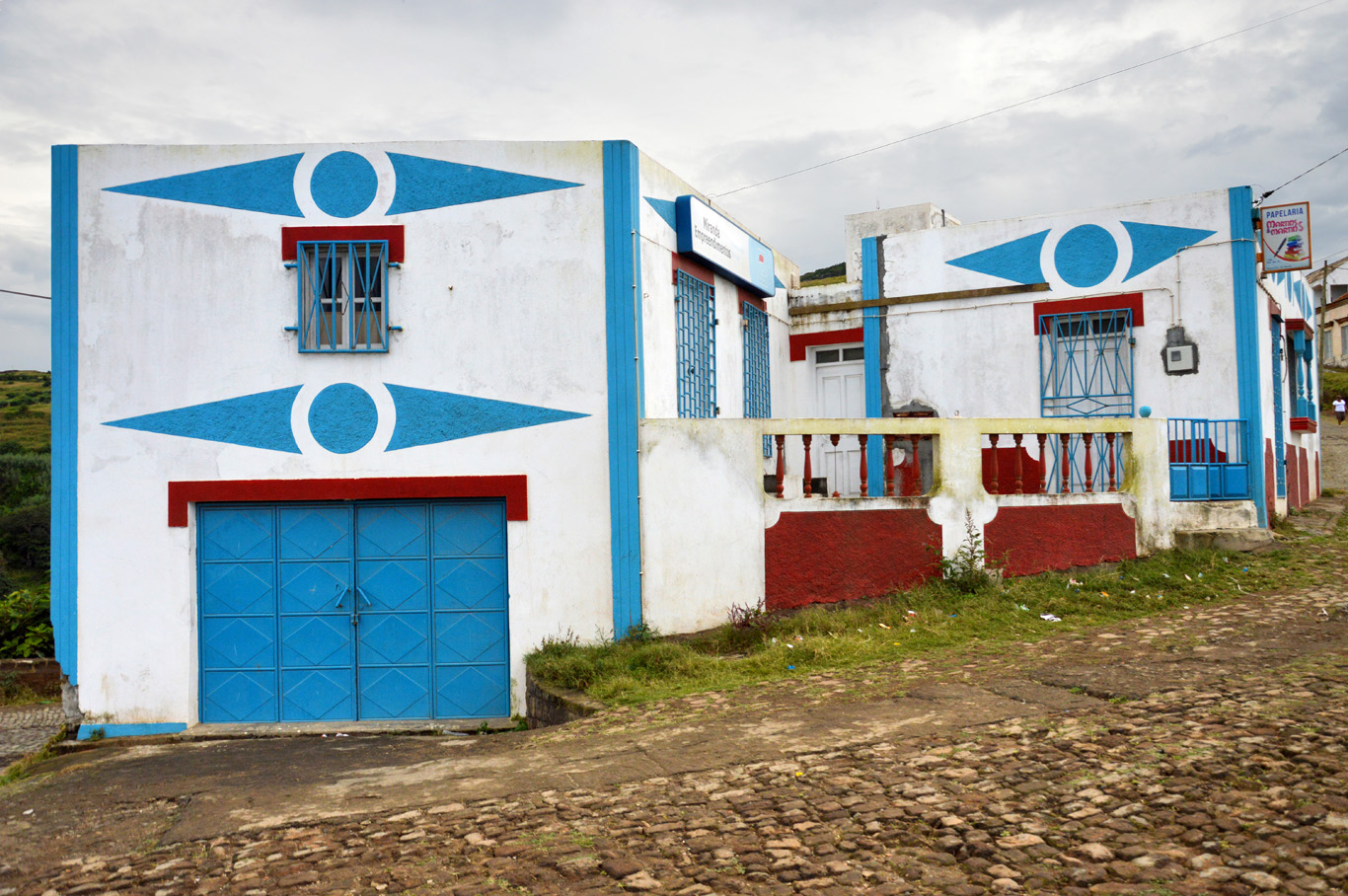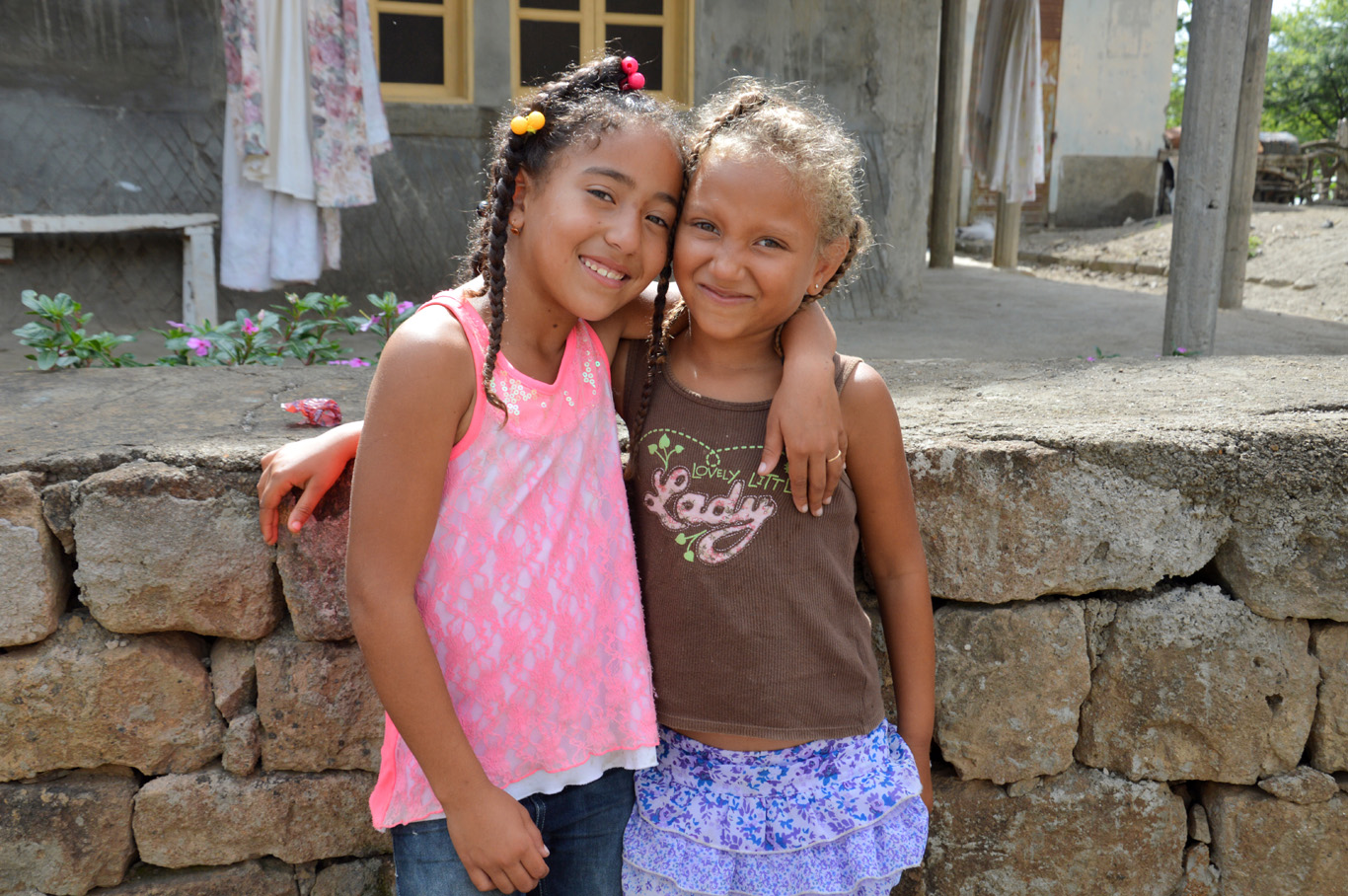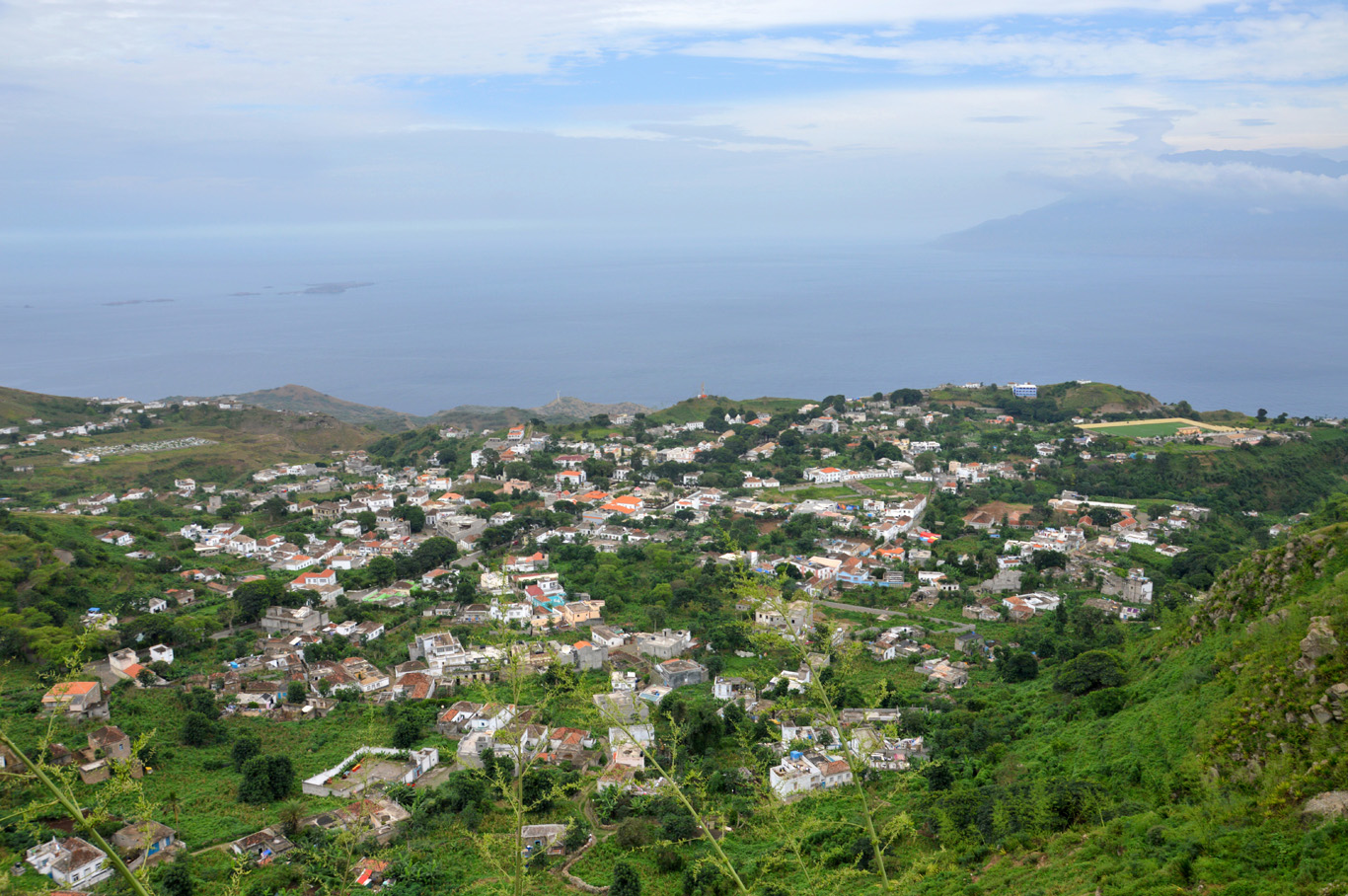Brava is the greenest, coolest and one of the smallest islands of the archipelago Cape Verde. It has its own micro-climate which makes it so unique. Most of the tourists tend to flock to the dry, sandy islands such as Sal or Boa Vista, but in my opinion the less known ones are way more interesting. And Brava was the one we liked the most. Contrary to Sal, in Brava, you won't see any crowds of tourists.
It's located right beside another pretty unique island with the infamous volcano in its center - Fogo (take a look at my post about Fogo to see the entire old village engulfed by lava and a new village with typical round houses made of volcanic rock built by the locals on top of the destroyed town). When you're in Fogo, don't miss Brava - it's so close and it feels like a completely different world! Brava does not have typical sandy beaches but it does have amazing cliffs, coastline, nature and pretty much the most picturesque towns in Cape Verde.
How to get to Brava
Getting to Brava is not difficult but it's not too cheap either - we decided to visit Brava together with the neighboring island - Fogo. We took a ferry to Brava straight from Praia in Santiago island (and then, after visiting Brava we hopped on a short ferry ride back to Fogo). The direct ferry from Praia to Brava (Furna) takes over 7 hours and costs a bit less than 40 EUR (50 USD) per person one way. Although Brava has one tiny airport, it is out of service and there are no flights to Brava available at the moment.
Brava - First Impressions
Leaving Sal or Praia - you do feel you are in the tropics - the sun is shining, the air is warm and dry and landscapes are bare and desert-like. Then, you see the little island of Brava on the horizon - and it looks like the cloud above was always hanging there - as if attached to this tiny peck of land in the middle of the ocean. The closer you are, the more cloudy it gets. And, because most of the towns and villages in Brava are located in the mountains - the climate here is way cooler - it can drop to around 12 degrees Celsius (54 Fahrenheit) at night. On arrival at our accommodation we were greeted by rain, thick mist and grey clouds tightly glued to the island. Surprisingly, from the hostel we could easily see the Fogo island where the weather was way better - the volcanic peak was clear and not immersed in the blanket of clouds.
Brava seemed very quiet and sleepy comparing to the lively, bustling capital Praia and other Cape Verdean cities. We decided to roam around the city of Nova Sintra (yes it is considered a city, even though the population does not exceed 1500 people!) We went to a few local grocery stores and to a restaurant as we wanted to try some nice seafood. The food was tasty but not too cheap. There were only a few restaurants open and they all could accommodate all the tourists on the island - so you can see how small this island really is!
What to see in Brava
Brava is extremely green, humid and has amazing nature. To see around the island, one day is enough. However, if you don't have a car (and I doubt you can rent one in Brava), the only option is to take a tour offered by one of the drivers at your accommodation. The whole car that can fit around 5 people with a driver will cost you around 6000 ESC (around 55 EUR/68 USD). The best thing to do is to agree the tour with other visitors. This way you'll all pay around 10 EUR per person which is very affordable.
There are a few beautiful spots in Brava - the little city of Nova Sintra (Brava's capital where you can see the main square and the statue of the famous Cape Verdean writer - Eugenio Tavares), the coastline, local villages in the center and the region of Faja in the north - with a long pebble beach, spectacular cliffs and natural pools made of volcanic rock. Here, you'll see many local kids having fun - it's a great experience as the water is clear and calm and it does seem as if you were in a pool - but this one is made by nature!
In one of the local villages, we met some amazing children that had probably the cutest puppy in the world - they were more than willing to pose for some photographs! Everyone was smiling and so nice to us.
In Brava, you'll most likely encounter one quite strange phenomenon that we didn't see on other islands (not in such intensity anyway) - and if you suffer from arachnophobia - it might be an issue for you. In the countryside, the spider webs are ubiquitous. They are everywhere - on the trees and bushes, on wires and even hanging like a baldachin above the roads. The thread is extremely strong and one of the web - largest we've ever seen. There can be up to a dozen spiders on one and it can be interconnected with other webs. We are not afraid of spiders in the slightest - it was an interesting phenomenon to see!
As I managed to find some information online, the spider is called Nephila senegalensis and is not dangerous or aggressive if you leave it in peace.
On the way back, the driver stopped at many great viewpoints - looking over the coast, the cliffs and above the Nova Sintra area. It was a great experience and I would really recommend to anyone whose in Cape Verde to see and experience the island of Brava! Don't limit yourself only to the beaches in Sal!
Nova Sintra and lots of rain
The island of Fogo
Typical flora in Brava
Landscapes in Brava
Houses in one of the villages
Villages in Brava
An interesting building
The coast
Typical landscapes
Humidity in Brava
Village church
The countryside
Local children
The puppy
A common sight - little donkey
The abandoned airport
Near Faja
Rest with a view!
Little hidden cove near Faja
The village of Faja de Agua
Faja de Agua
Church in Brava
Faja de Agua
The cliffs at Faja
Natural pools
Natural pools
Beach in Faja
Viewpoint over Nova Sintra
Nova Sintra
Nova Sintra
The statue of Eugenio Tavares
Nova Sintra
Main square in Nova Sintra
Nova Sintra
A catholic church
The spiders in Brava
Spider webs - there can be up to a dozen spiders in one interconnected web
The port in Furna
The ferry back to Fogo
Author: Tom @ Adventurous Travels
Related Posts
Copying without permission is not allowed. If you wish to use any of the site's content (photos or text) or work with us, please contact us.
We welcome questions, advice, support or criticism. However, spam comments will be removed.














































